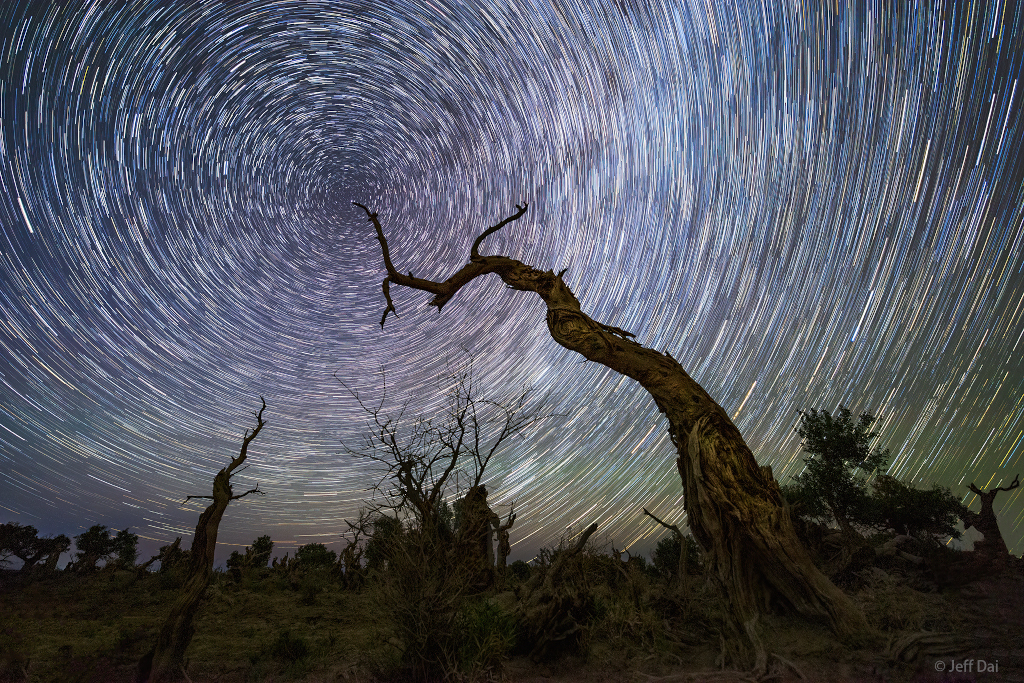The NASA Armstrong Employee Exchange Council presented the 2022 John W. Russell Memorial Scholarship Award to Katelyn Perez.
from NASA https://ift.tt/JM7vdVg
via IFTTT
The NASA Armstrong Employee Exchange Council presented the 2022 John W. Russell Memorial Scholarship Award to Katelyn Perez.
from NASA https://ift.tt/JM7vdVg
via IFTTT

NASA will host a pair of briefings on Wednesday, Aug. 3, and Friday, Aug. 5, to preview the upcoming Artemis I lunar mission.
from NASA https://ift.tt/ogasnzj
via IFTTT
NASA’s Shane Kimbrough is retiring after 22 years, including 18 years as an astronaut. His last day with the agency is Sunday, July 31.
from NASA https://ift.tt/DHL6CBf
via IFTTT
NASA has finished the system requirements review for its Mars Sample Return Program, which is nearing completion of the conceptual design phase.
from NASA https://ift.tt/Uh2cDpj
via IFTTT

As NASA prepares for the first integrated flight test of the Space Launch System (SLS) rocket and the Orion spacecraft to the Moon this summer as part of Artemis, the agency is moving toward a services contract model for long-term SLS hardware production and operations to reduce costs.
from NASA https://ift.tt/DTxn28l
via IFTTT


